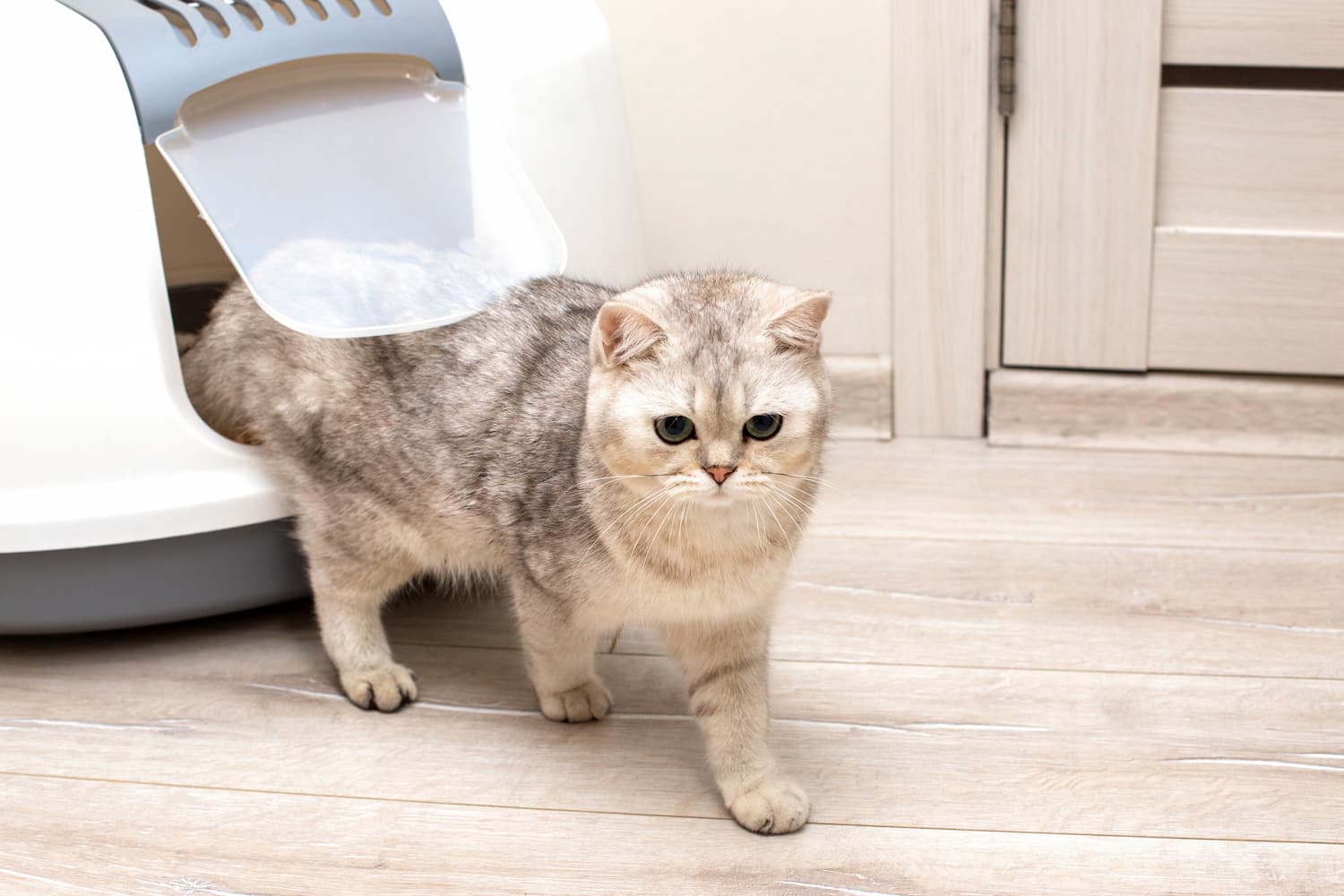Cats like to live in clean environments (just like humans) so keeping their litter box fresh and clean is essential for health and wellbeing. Still, some types of cat litter are superior to others; they create less mess, less odour and encourage your cat to use their litter trays as often as needed.
In this article, we’ll explore why brands such as Breeders Choice cat litter are so popular, what types of litter are available, and the factors you’ll need to consider before deciding which cat litter is best.
Defining the “best” cat litter combines several factors, such as safety, cleanliness, sustainability, fragrance, and dust control.
Among the most popular products on today’s market is Breeders Choice cat litter 30l made from recycled paper, because it ticks so many boxes on what a quality cat litter should be: safe, clean, sustainable, and pet friendly. With no additives or chemicals, this option is biodegradable and virtually dust free which reduces tracking and won’t mark floors.
Still, there are other good brands on the market, and there are several factors you should weigh up before choosing which cat litter to purchase for your kitty.
Tip: If your furry friend is hesitant to change litter types, simply sprinkle some of the existing litter on top of the new one for a gradual change-over.
Different types of cat litter
Clumping
There are a few different types of clumping cat litter options, from clay to corn (and a few others in between). Clay cat litters are one of the oldest and most common forms of cat litter thanks to their availability and cost-effectiveness. From a practical standpoint however, it tracks, requires frequent changes, and is heavy to carry. Clay cat litter isn’t environmentally friendly and also contains bentonite which can cause respiratory and/or digestive issues when ingested (through licking paws, for example).
Natural alternatives to clay kitty litters are a great alternative. Consider 100% natural and biodegradable options such as Cherie natural wood clumping litter, Breeders Choice range, or the clumping corn cat litter and wheat & soy cat litter options from Rufus & Coco.
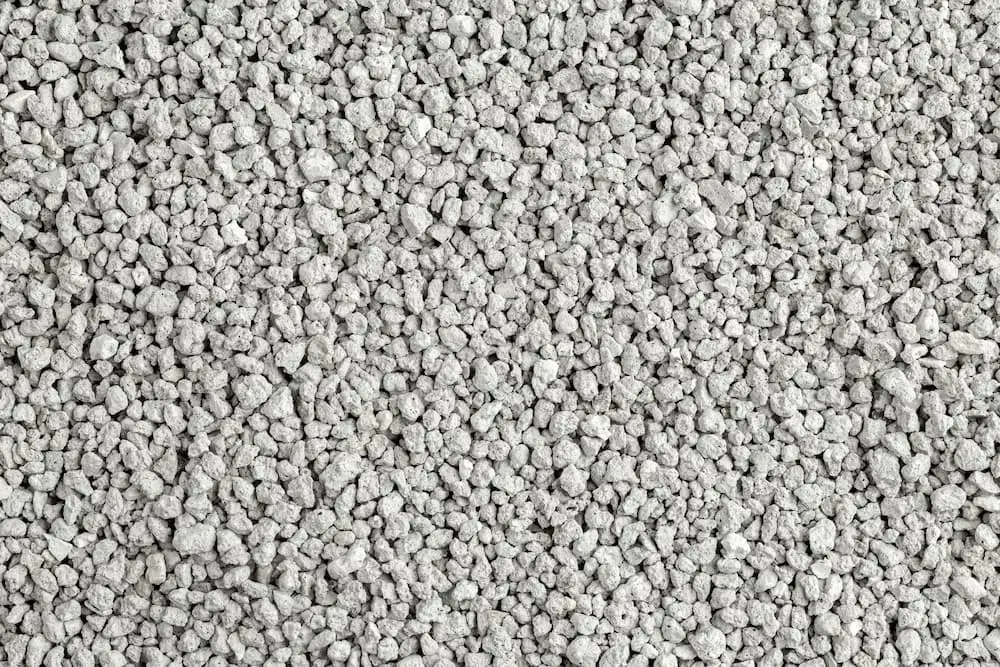
Crystal
Crystal – or silica gel – litter is one of the fastest growing products on today’s market thanks to its durability and odour control. Mined from quartz sand, these crystals are highly absorbent and allow water to evaporate; this means they can continue to soak up liquid for up to a month. Products such as Catsan Cat Litter Crystals are less dusty and have better odour control than clay, making them a popular choice among many cat owners.
Crystal litter is known to have a higher price point than clay but it does last longer – a 6kg bag can last up to six weeks – which can help justify some of this cost.
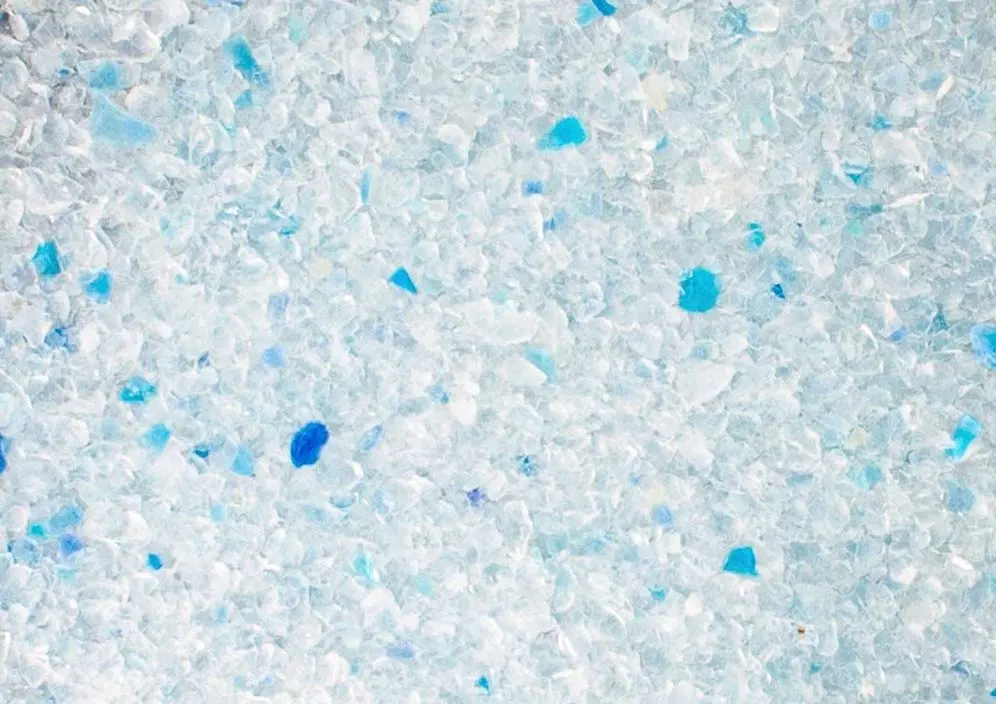
Tofu
With an increasing focus on green products, natural cat litters are among the newest products on the market. Tofu cat litter is made from soybean fibre, meaning it is biodegradable, non-toxic, and almost dust free.
Trouble & Trix Natural Tofu Cat Litter is made from biodegradable soybean and offers a 3-in-1 solution for cat owners who want to maintain a healthy cat and a clean home. Its dust-free nature protects your cat’s health while preventing too much tracking; natural clumping allows for quick and easy waste removal, and natural odour neutralisation keeps you and your cat happy.
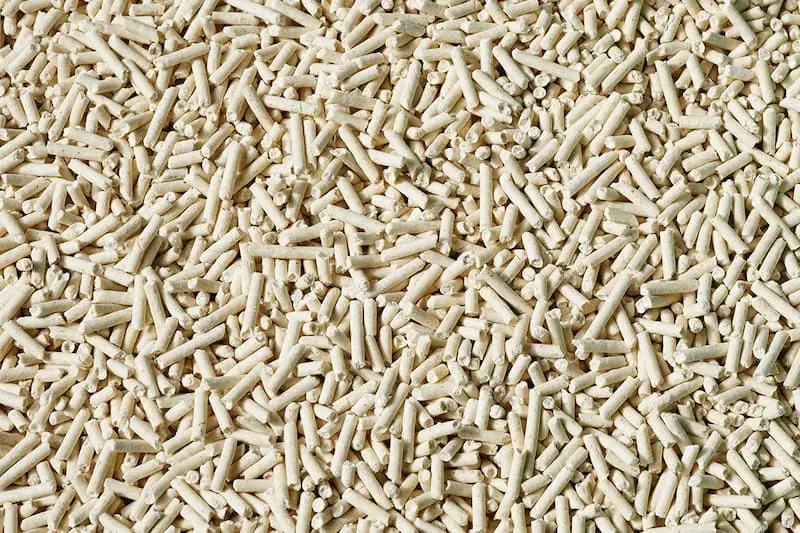
Can I use wood chips as cat litter?
Wood chips can be an excellent choice if you’re looking for a DIY solution to creating your own cat litter. As a natural product, they’re biodegradable and good for the environment. The increased material size means that it’s less likely to get stuck in their paws and track around the house, and it can be a relatively inexpensive option depending on where the materials are sourced.
Still, you must choose cat-friendly woods and avoid sawdust, which can affect your cat’s respiratory system when inhaled. The wood must be free of bentonite, phenol, and additives to ensure it’s safe for your cat to use.
Commercial wood pellet options like Catmate wood pellet cat litter is a great options as it gives you peace of mind about the safety of the material used – ideal in maintaining affordable prices for people on a budget.
Paper
Like wood pellets, products such as Breeders Choice cat litter are made from 99% recycled paper. Not only are these biodegradable products environmentally friendly, but they significantly reduce the amount of dust and tracking. There are no additives or chemicals, and their absorbent texture comes with natural odour control.
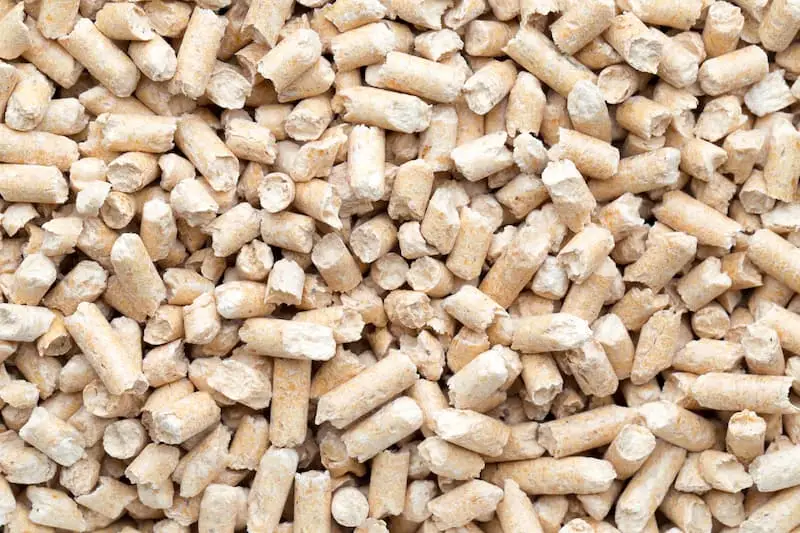
Factors to consider when choosing the best cat litter
Safety
Your cat’s health and safety should always be the top priority when selecting the best products. That’s why it’s best to avoid cat litter that contains crystalline silica dust, sodium bentonite, or perfumes. Remember, your cat doesn’t have to eat the litter to ingest it; they’re most likely to consume small amounts each time they lick their paws (which is normal cat behaviour).
Ensuring your cat litter is non-toxic, has low dust, and does not trigger any allergies in your cat are essential factors in choosing the right litter for them.
Hygiene and odour
We all want to keep a fresh and clean home, so we also want our cat’s litter trays to be as hygienic and odour-free as possible. And your cat wants the same thing; their instinct is to eliminate in a clean, untouched area, so a fresh litter box is more likely to entice them than a dirty one.
A cat’s sense of smell is 14 times greater than ours (they possess around 200 million odour sensors), so if you can sense an odour, they will definitely be able to smell it too. Remember, it’s not only the smell of waste that can be off-putting to them; strong perfumed scents can also deter them. If your cat won’t use litter box, it may be due to an overpowering scent. For these reasons, opting for odour-free rather than scented cat litter can sometimes help encourage them to use the litter box.
Clumping vs. non clumping
Many owners prefer clumping litter as they’re easier to clean out, allowing waste materials to clump for easy scooping. And this no-mess solution is a favourite with cats because felines like to keep their environment clean and tidy.
Still, clumping litter has risks, mainly if your cat ingests it. A naturally clumping material, such as tofu, can be an excellent alternative to clay clumping litter as it provides all the same benefits while keeping your cat safe.
What’s the best cat litter: pros and cons
The pros and cons of each type of litter can help you decide which is right for your home.
So, after weighing up all the options, you can now more confidently choose the best cat litter for your furry feline friend.
But, don’t be alarmed if you change over the litter tray and your cat won’t have a bar of it. If your cat won’t use their litter box, this can be normal because they’re not familiar with the new materials found in their ‘bathroom’.
Cats are creatures of habit so if they refuse to use their litter tray, it’s easy to fix. Over a 4–7 day period, mix your old litter with the new, starting at a ratio of 75% old to 25% new and increasing the new litter as you take away the old soiled litter. Mixing the existing litter on top of the new one allows for a more gradual change-over until they become accustomed to the materials.
